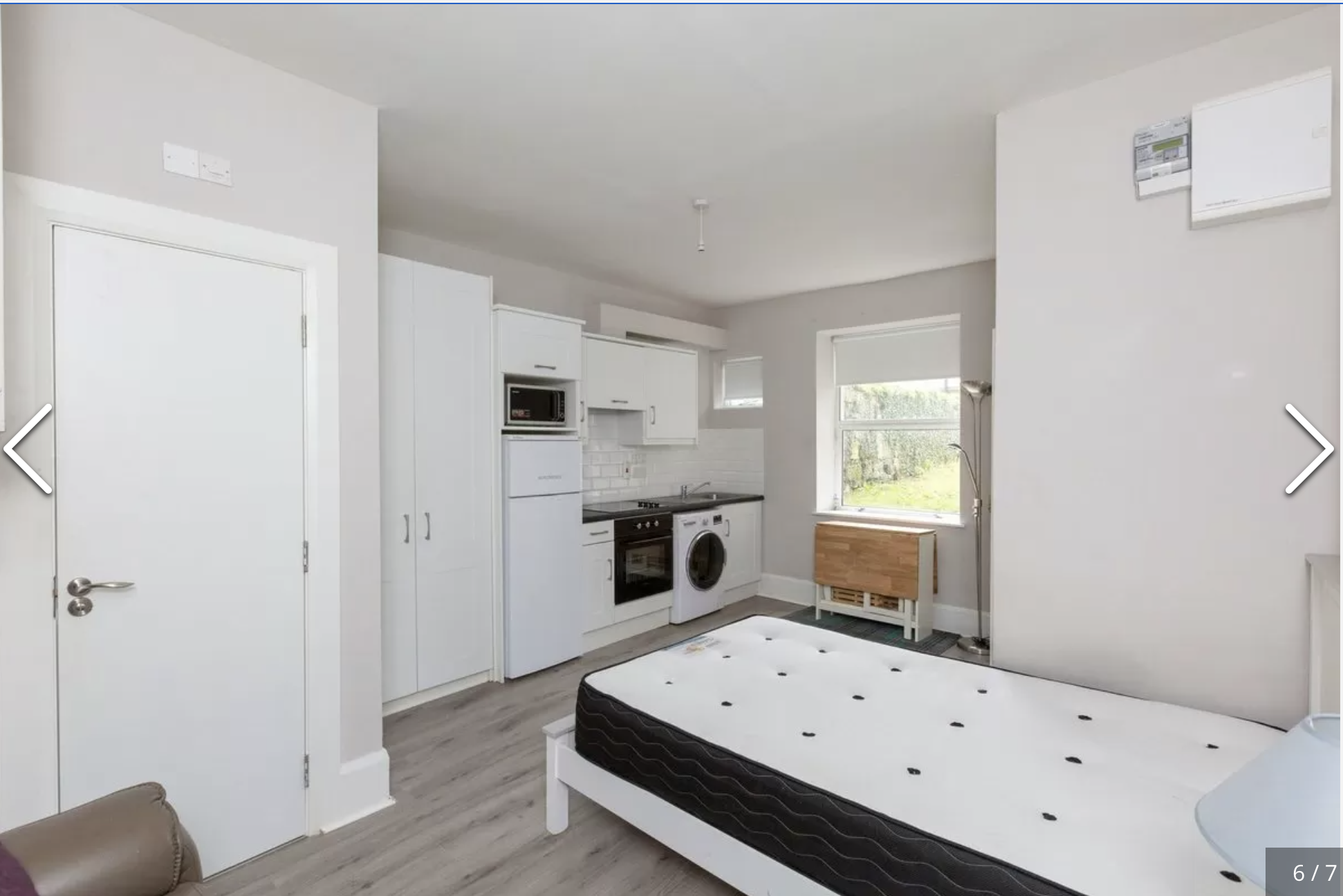You Can Fit 8 Of The Newly Proposed Minimum Sized Apartments In One Tennis Court

You Can Fit 8 Of The Newly Proposed Minimum Sized Apartments In One Tennis Court
Cosy!
The Government is set to approve new housing guidelines that will make it legal to build studio apartments as small as 32 square metres. These apartments are so small, you could fit eight of them onto a single tennis court.
Today, Minister for Housing James Browne will bring a bill to Cabinet that outlines the changes, designed to reduce per-unit construction costs and boost the supply of apartments in urban areas. But while the move is aimed at tackling Ireland’s housing shortage, it raises new questions about how much space is enough for dignified living.
The current minimum sized apartment is 37 sq m so this is a 13% cut. A new size standard for three-bedroom, four-person apartments has also been set at 76 sq m, replacing the current 90 sq m minimum. All other unit size requirements are set to remain unchanged.
Restrictions on the mix of units within a development are also being lifted. Under current rules, studios are capped at 25% of a scheme, and one-beds at 50%. These limits, if removed entirely, would give developers the option to build apartment blocks made up entirely of small units if they choose.
The guidelines around design would also change. Limits on the number of units served per lift core could be scrapped, provided building regulations are met. Communal open space will no longer be mandatory based on development size, and private balconies may be reduced where they offer limited practical value, for instance, near busy roads.
So how small is 32 square metres realistically? Think two car parking spaces, or one-eighth of a tennis court. This new size is smaller than many hotel rooms, with just enough space for a bed, a kitchenette, and a tiny bathroom, and very little else. A 5 sq m reduction may sound minor, but it’s the size of a dining table, a desk, or even the only bit of breathing room you may have once had in a studio apartment.
Ireland is far from alone in turning to micro-apartments amid housing pressure. Cities like London, New York, and Hong Kong have all trialled or adopted compact living models. But experts warn against designing long-term housing around short-term emergency thinking. The real question is not just whether smaller apartments can be delivered, but whether they should.
Elsewhere On District: Companies and Organisations Bought Nearly 13,000 Homes Last Year